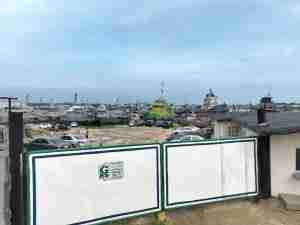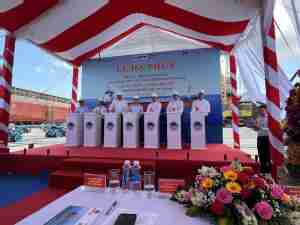El Nino curbs Australian cyclone threat to iron ore, coal miners
By: Reuters | Oct 11 2015 at 09:08 PM | Maritime
Australian exports of commodities such as iron ore and coal face a less-than-average chance of being disrupted by cyclones in the upcoming cyclone season due to the El Nino weather pattern.
That would mark a rare beneficial effect from El Nino, which often brings drought to some regions while prompting flooding in others.
In Western Australia state, where past cyclones have brought some of the world’s biggest mines and shipping terminals to a standstill, there’s a 75-percent chance of fewer cyclones over the upcoming Nov. 1-April 30 period than in non-El Nino years, the Australian Bureau of Meteorology said on Monday.
Iron ore prices typically rise when mines and ports shut until cyclones pass, temporarily cutting off supply - sometimes for days.
“Fewer cyclones translates into more mining and shipping days,” a commodities trader said.
Australia’s biggest iron ore miner, Rio Tinto , was forced to cut its 2015 target for shipments by 10 million tonnes to 340 million tonnes after two cyclones disrupted operations last year.
On the east coast, where most Australian coal is mined and shipped and past seasons have seen collieries and rail lines flooded by cyclonic rains, meteorologists hold a similar outlook, with a 73-percent chance of a below-average number storms forecast.
Changes in sea-surface temperatures in an El Nino year contribute to fewer cyclones forming close to Australian coastal waters.
Last season, 10 tropical storms reached cyclone strength on the Australian east and west coasts, just under the national average of 11. The last time the number of cyclones exceeded the average was 2005/06, when 14 cyclones were recorded.










